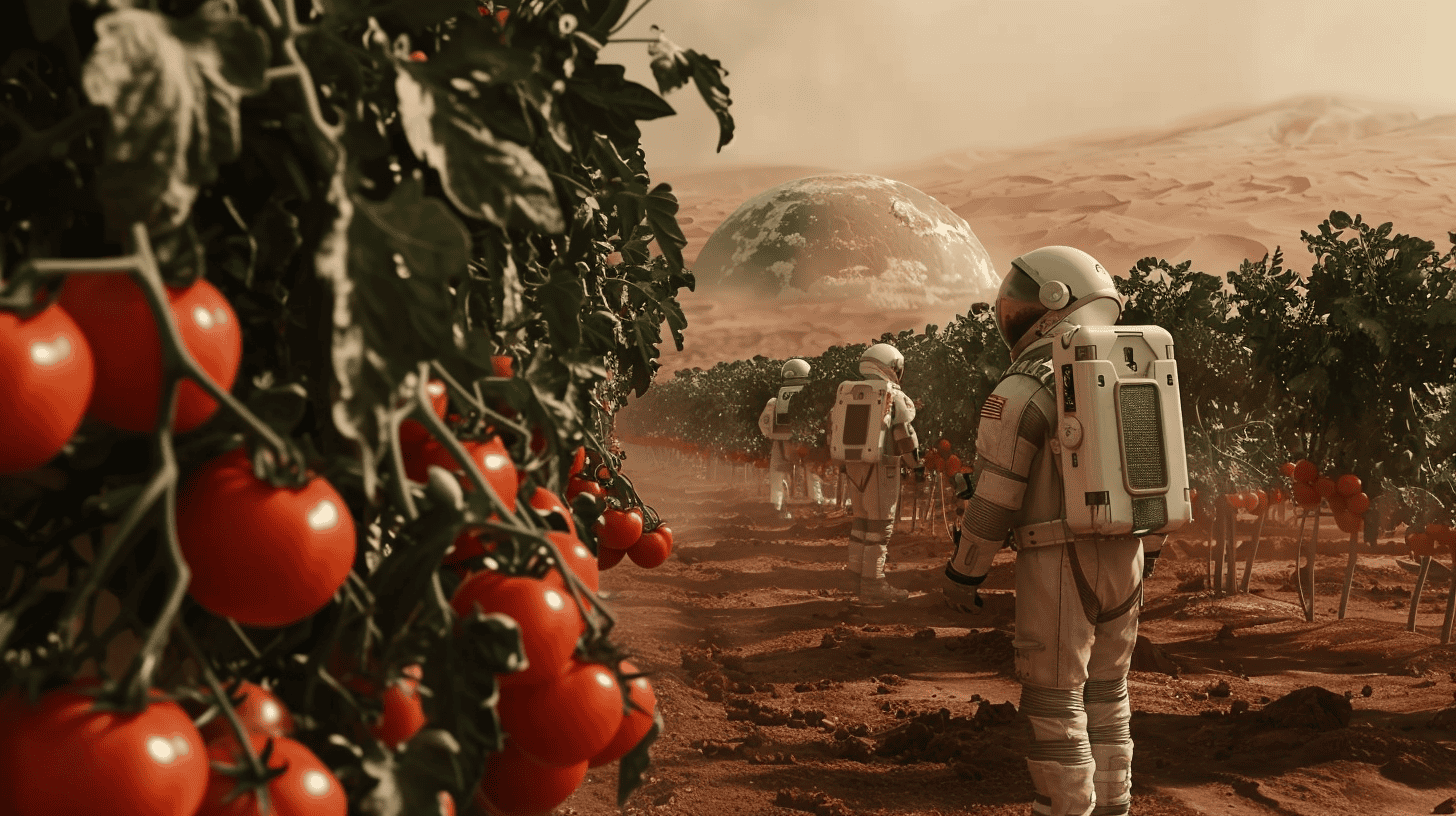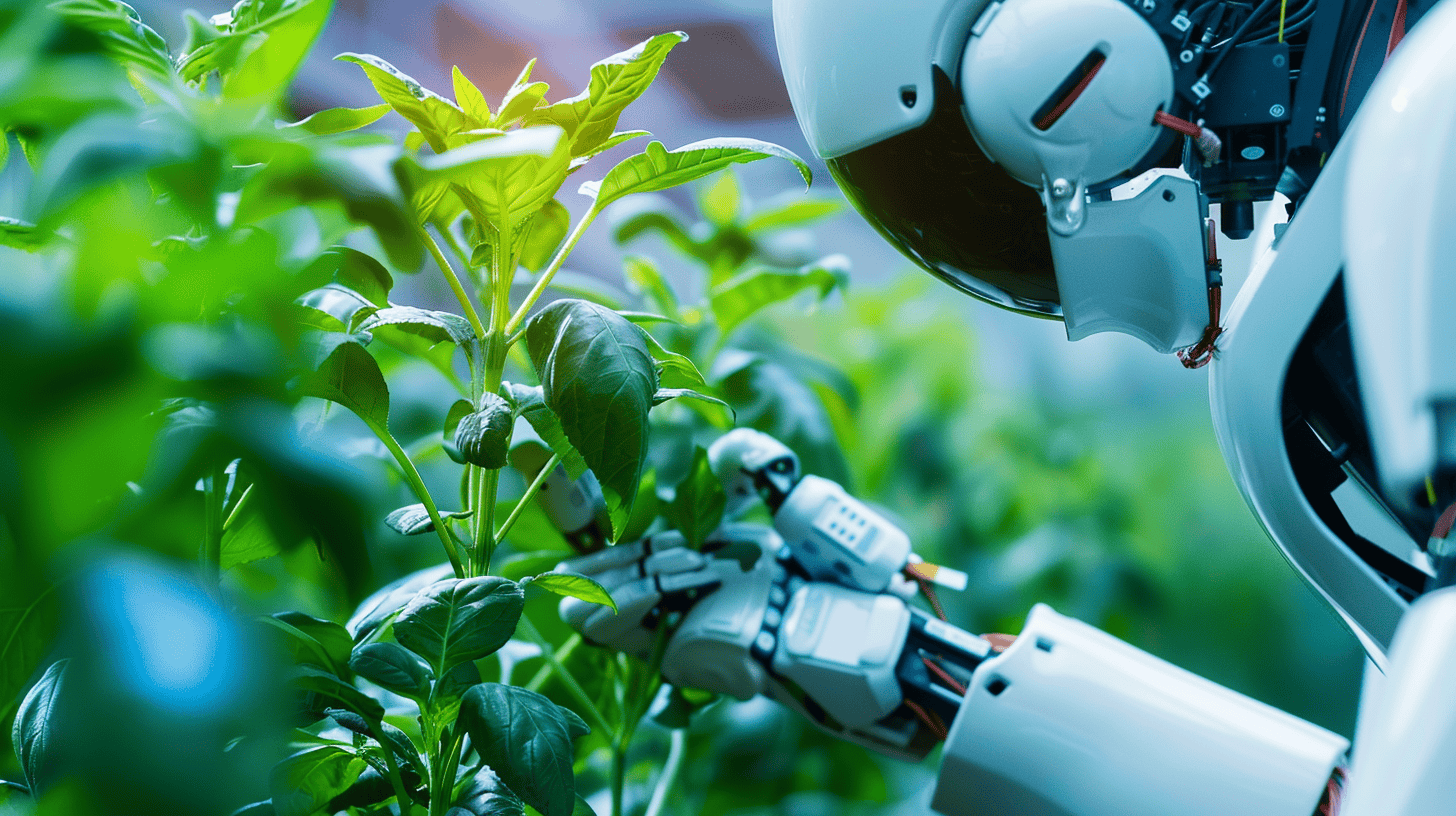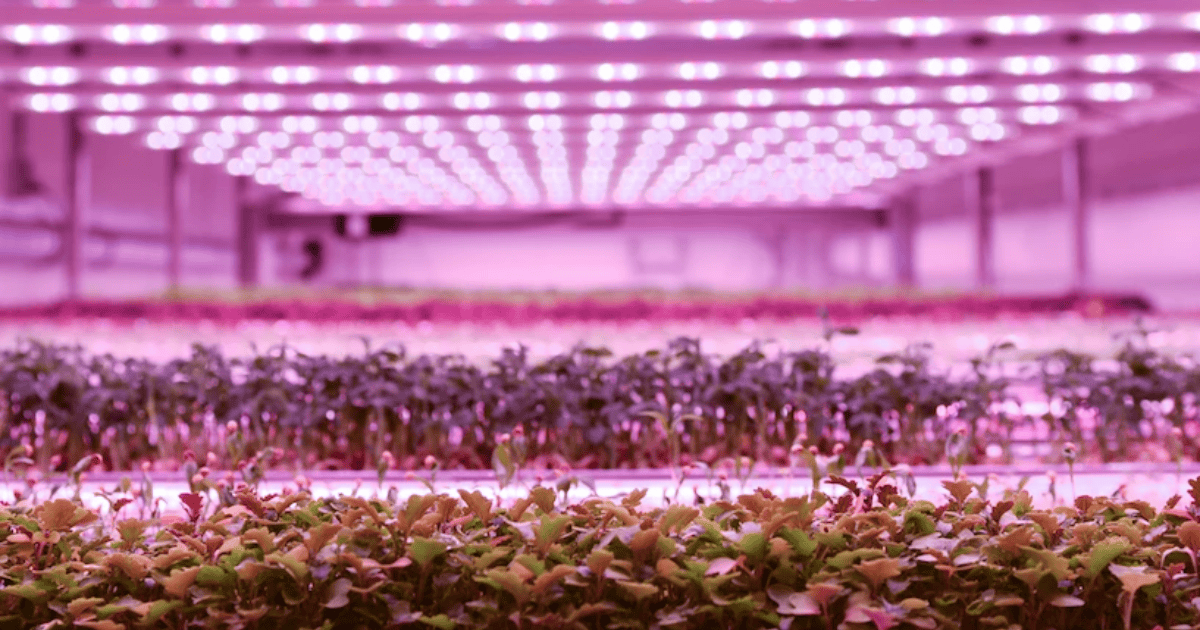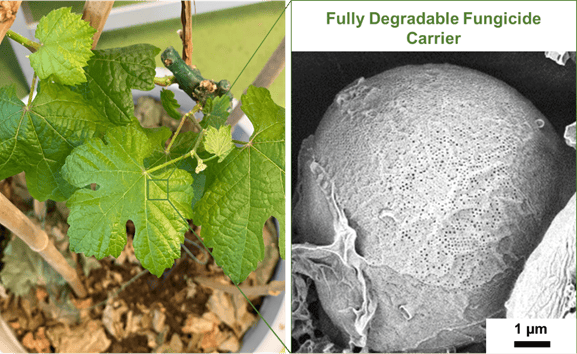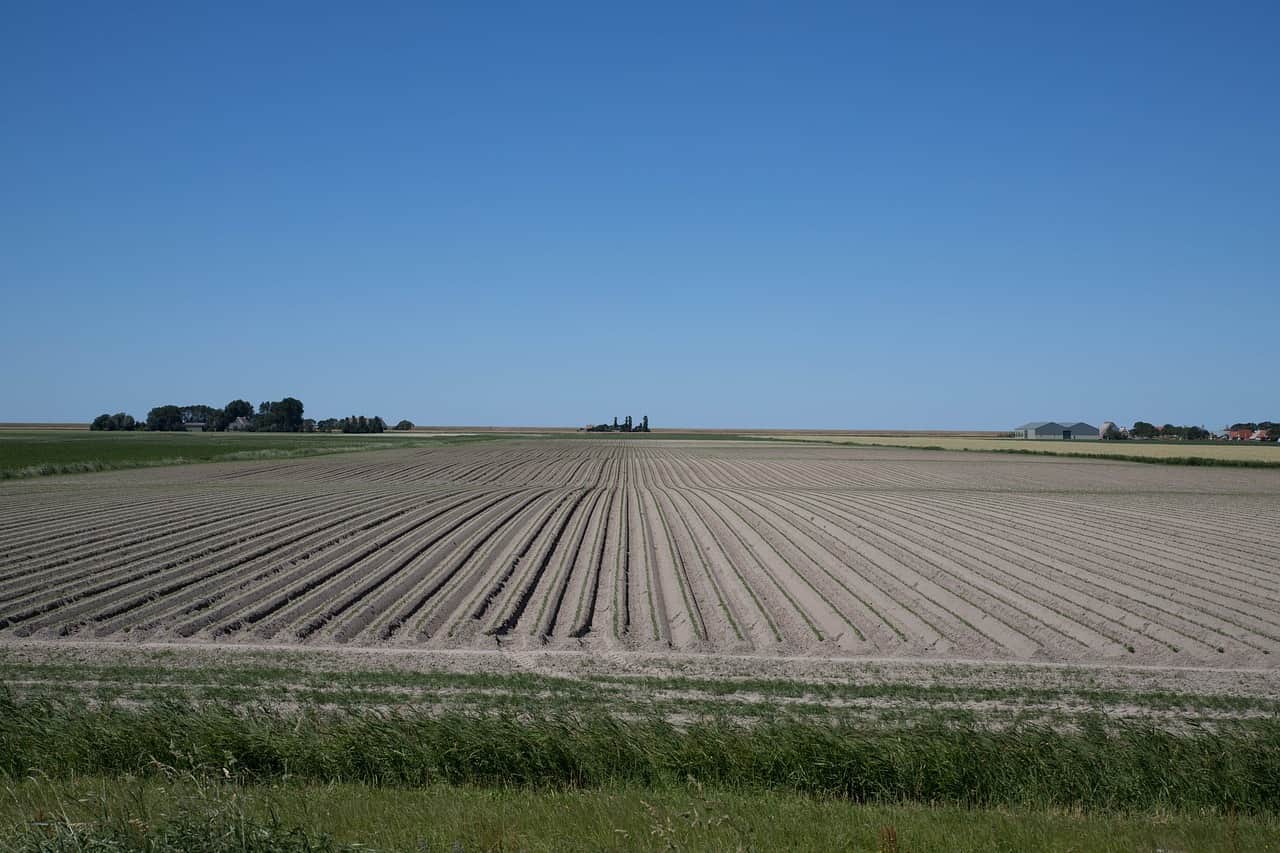
An initial trial has revealed that semi-tropical vegetables and herbs are easy to grow on Dutch soil, says Wageningen University & Research (WUR) in a press release. This opens up new opportunities for diversifying our agriculture and the food on our plates. However, plant researchers Martina Huber and Eric Schranz also point out that the cultural significance of these food products should always be kept in sight.
- Simple cultivation methods discovered for semi-tropical crops on Dutch fields. They enhance diversity on the plate.
- Researchers emphasize the cultural significance of these food products and the importance of involving migrant communities
In a field close to the Wageningen Campus, beyond the state-of-the-art Radix greenhouse complex, stand postdoc Martina Huber’s six growing tunnels. This summer, she has been growing an unusual range of crops under the half-domes made of tubes covered in plastic. Her harvests have included yardlong beans, bitter melon, Chinese cucumbers and Thai basil, all semi-tropical crops, mostly from the southern hemisphere. “I grew 48 different varieties in total,” Huber says, “and I am amazed by the results. These crops were easy to grow and required very little maintenance; I learnt it as I went along. The harvests were huge; I ended up with a mountain of hot chillies!”
To celebrate this bountiful harvest, Huber and her colleagues are organising a harvest festival on 20 September. After a short lecture, the guests will sit down to a multicultural dinner: they will eat their way from Thailand via Nigeria to Suriname. During the project, Huber increasingly discovered more about the food culture of the products in her tunnels. What began as an experiment to learn how these crops would fare in the Netherlands, soon developed into a socio-cultural meeting with migrant cultures from around the world.
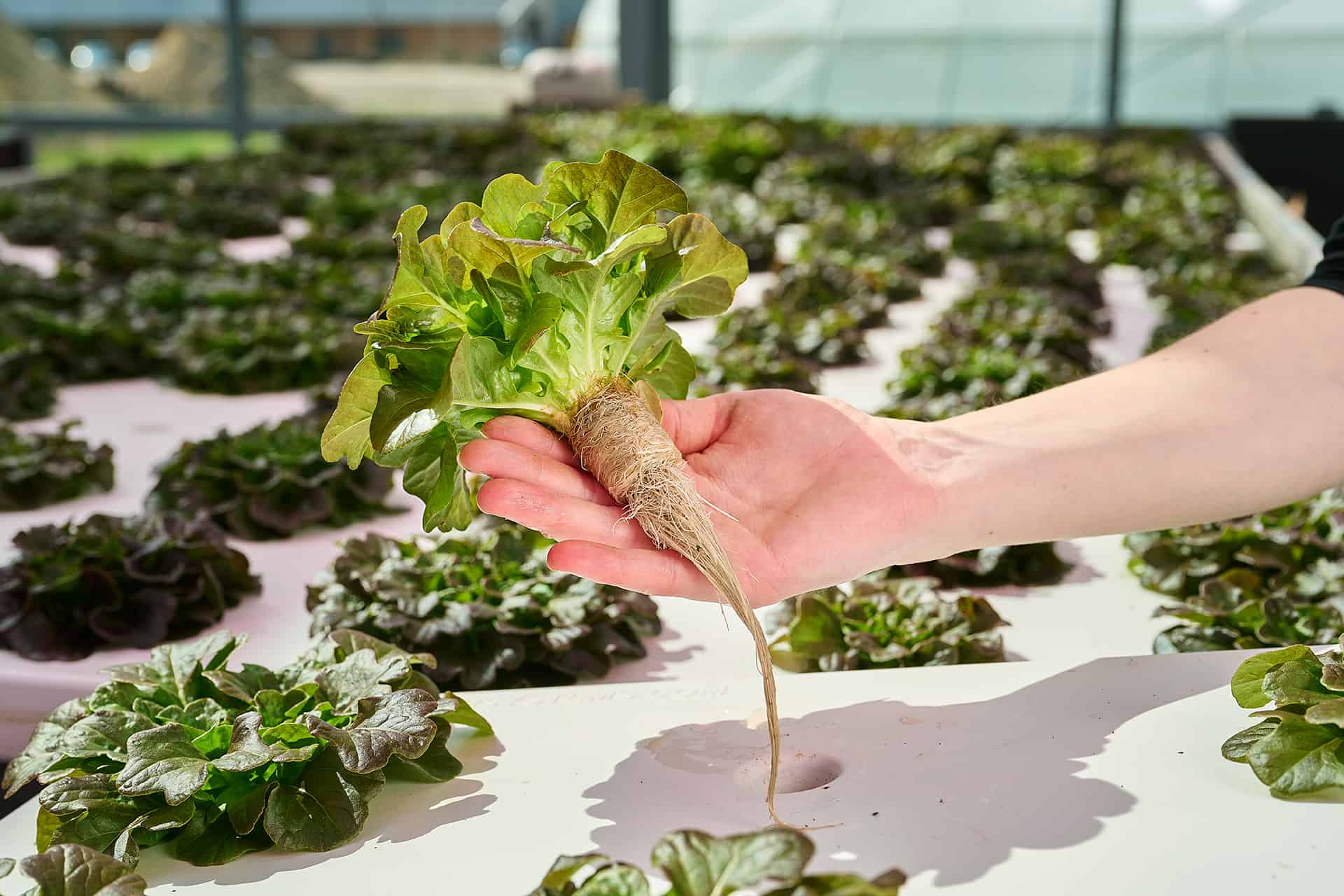
Diversity at the crop level
“My project is part of ‘Breeding for Biodiversity’, which in turn falls under the Biodiversity-positive food systems investment theme,” explains Huber. “That’s quite a mouthful. In this case, it means that we asked ourselves: ‘How can tropical crops help towards diversifying our agriculture and the food on our plates?” Huber explains that the majority of Dutch fields are planted with a handful of ‘cash crops’ (crops that are most in demand, such as maize or soya). While a relatively large amount of research has been conducted into new forms of agriculture that encourage more biodiversity between or around existing crops, the question also arose whether more diversity was possible in the plants themselves.
“This resulted in two projects. Some of my fellow researchers examined crops that were once widely grown in the Netherlands, such as parsnips. I focused on new crops from more tropical parts of the world.” Her aim was to test whether semi-tropical crops could grow on Dutch soils. Huber conducted her research using a simple setup, with plastic tunnels as her only tool. “Growing tunnels extend the growing season because they remain humid and warmer for longer.”
Food tells a story
While researching methods for cultivating the crops, Huber discovered that some of the vegetables and herbs she experimented with were already being grown in the Netherlands. “Migrant communities grow crops from their home countries. They plant them in their garden, on their balcony, or in a small greenhouse. Their methods and motivations have mostly gone unstudied.” This social dimension was not initially part of the project. However, Huber now has no doubts: migrant communities need to participate. “It is their knowledge and it’s in their interest.”
Professor of biosystematics Eric Schranz also stresses the cultural aspect of food. “Food tells a story. Yardlong beans are closely linked to the Surinamese identity, for example.” This product currently has to be imported, which is not the most sustainable solution. However, it is not simply a question of the Netherlands growing its own yardlong beans in the future. “Farmers in Suriname are connected to the Surinamese community in the Netherlands through that crop, and they would lose income if it was grown here. That does not only have economic, but also cultural implications.”
Perhaps these crops should be grown here in the summer, but imported in the winter? “That could be an option,” Huber thinks. “But that is not only a question for us researchers; the affected communities need to be involved first and foremost.”



